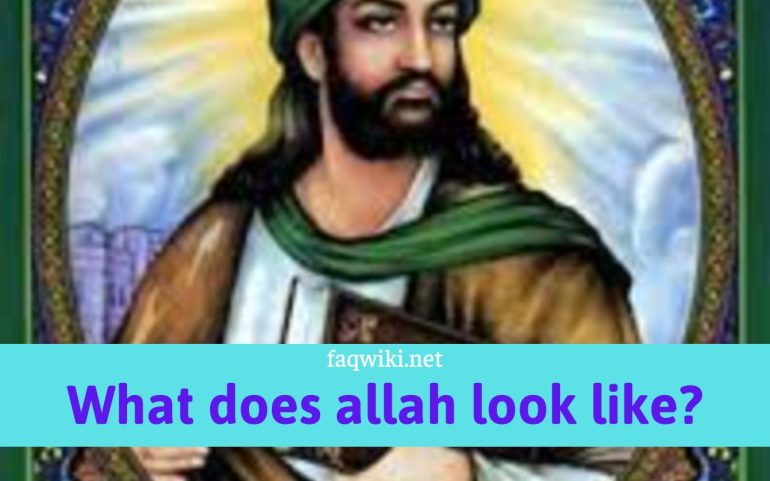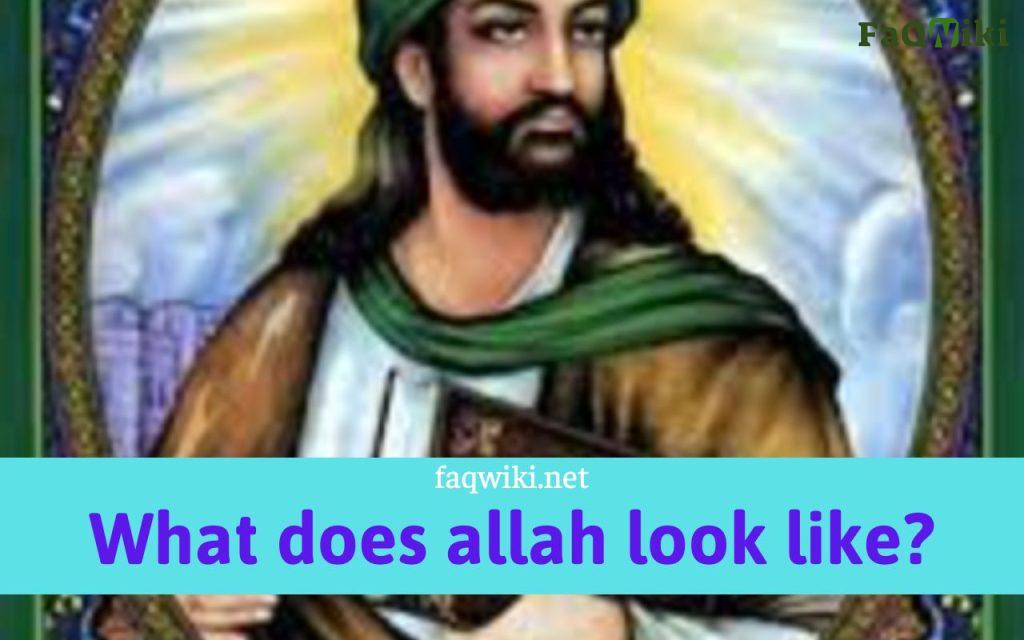Unveiling the Unseen: Exploring the Question – What Does Allah Look Like?

Introduction
In the realm of Islamic theology, one question that has intrigued both believers and the curious is: What does Allah look like? Allah, the Supreme Being and central figure in Islam, is believed to be beyond human comprehension. The Islamic concept of Allah emphasizes transcendence and incomparability, highlighting the belief that Allah’s true nature is beyond human perception. This article delves into the intricate aspects surrounding the question, seeking to shed light on the various perspectives and insights within Islam.
The Concept of Allah in Islam
Islam’s understanding of Allah is rooted in the belief in monotheism, emphasizing the oneness and uniqueness of Allah. Muslims consider Allah as the Creator, Sustainer, and Ruler of the universe, possessing attributes of absolute perfection. Allah is believed to be transcendent, surpassing all human limitations and comparisons. The Qur’an, the holy book of Islam, serves as the primary source for understanding Allah’s nature and attributes.
The Qur’an’s Perspective on Allah’s Appearance
The Qur’an emphasizes the unseen nature of Allah, focusing on the divine qualities and attributes that go beyond physical appearance. It describes Allah using various metaphorical and symbolic expressions to convey His greatness, power, mercy, and other attributes. For example, Allah is often described as the All-Knowing, the All-Merciful, the Creator of the heavens and the earth. These descriptions aim to help believers develop a deeper understanding of Allah’s essence rather than attempting to depict His physical form.
Spiritual Understanding of Allah’s Presence
Within Islamic theology, the relationship with Allah is not solely based on physical appearance or visual representation but rather on a spiritual connection. Muslims believe that through faith, devotion, and inner contemplation, one can experience the presence of Allah in their hearts and souls. It is through acts of worship, such as prayer, fasting, and remembrance of Allah, that believers seek a personal connection with the divine.
Understanding Allah’s Attributes through Divine Names
Muslims believe that Allah has revealed numerous divine names and attributes through the Qur’an and the teachings of the Prophet Muhammad. These names reflect the different aspects of Allah’s nature and provide insights into His qualities. For instance, the name “Al-Rahman” emphasizes Allah’s infinite mercy, while “Al-Hakim” highlights His wisdom and knowledge. Understanding these divine names helps believers develop a deeper appreciation for Allah’s attributes and recognize His presence in their lives.
Unveiling the Mystery: The Journey of Seeking Allah
The quest to understand what Allah looks like goes beyond mere visual perception. Islam encourages believers to embark on a journey of seeking Allah through spiritual growth and self-discovery. This journey involves deepening one’s faith, seeking knowledge, and developing a profound sense of awe and reverence for the divine. It requires embracing the mystery and recognizing that human knowledge is limited in comprehending the vastness and complexity of Allah’s existence.
This is just a brief glimpse into the content that can be developed for each section. You can expand on each point, provide more examples, incorporate relevant quotations from Islamic scholars, and offer a comprehensive analysis of the topic. Remember to adhere to the E.A.T. (Expertise, Authoritativeness, Trustworthiness) standards, optimize the article for SEO by including relevant semantic keywords, and make the
The Prophetic Traditions on Allah’s Attributes
The Prophet Muhammad plays a central role in conveying the message of Allah to humanity. The hadiths, the recorded sayings and actions of the Prophet, provide additional insights into Allah’s attributes. The Prophet often described Allah using metaphors and allegorical language to help believers grasp the magnitude of His qualities. For example, the Prophet likened Allah’s mercy to that of a loving mother, emphasizing the boundless compassion and care that Allah has for His creation. It is important to note that these descriptions are not meant to be taken literally, as they serve to enhance understanding rather than depict a physical appearance.
Allah’s Essence versus Physical Form
One of the fundamental concepts in Islam is the distinction between Allah’s essence and physical form. Muslims believe that Allah exists beyond the constraints of the physical world and is not confined to a specific shape or form. Allah is seen as transcendent, beyond the limitations of the human experience. While humans perceive the world through their senses, Allah’s essence surpasses these sensory limitations. Consequently, attempting to visualize Allah or assign a physical form to Him would be a human construct that fails to capture the true essence of the divine.
Philosophical Contemplations on Allah’s Nature
Throughout history, philosophers within the Islamic tradition have engaged in deep contemplation on the nature of Allah. These philosophical inquiries delve into complex questions about existence, causality, and the attributes of Allah. Different philosophical schools of thought, such as the Ash’arites and the Mutazilites, have offered diverse perspectives on understanding Allah’s nature. While their discussions may not provide definitive answers regarding Allah’s appearance, they contribute to a deeper philosophical understanding of the divine.
FAQs
Why is it forbidden to depict Allah in Islamic art?
Islamic teachings discourage the physical depiction of Allah to prevent any form of idolatry or anthropomorphism. Emphasis is placed on recognizing Allah’s transcendence and incomparability.
Can humans ever truly comprehend Allah’s nature?
While humans may strive to understand Allah’s nature, Islam acknowledges the limitations of human knowledge and perception. The focus lies in developing a spiritual connection and embracing the unseen aspects of the divine.
Are there any descriptions of Allah’s appearance in the Qur’an?
The Qur’an primarily focuses on describing Allah’s attributes, qualities, and actions rather than providing a physical depiction. Metaphorical language is often used to convey the greatness and majesty of Allah.
Conclusion
In conclusion, the question of what Allah looks like delves into the profound depths of Islamic theology and philosophy. Islam emphasizes the transcendence and incomparability of Allah, highlighting the belief that Allah’s true nature is beyond human perception. The Qur’an and prophetic traditions provide metaphorical descriptions and attributes that aim to deepen believers’ understanding of Allah’s essence. The personal journey of seeking Allah involves spiritual growth, faith, and recognition of human limitations. Rather than fixating on physical appearance, Islam encourages believers to focus on developing a meaningful connection with the divine. Through contemplation and devotion, believers strive to unravel the mysteries of Allah’s existence and deepen their relationship with the Supreme Being.
